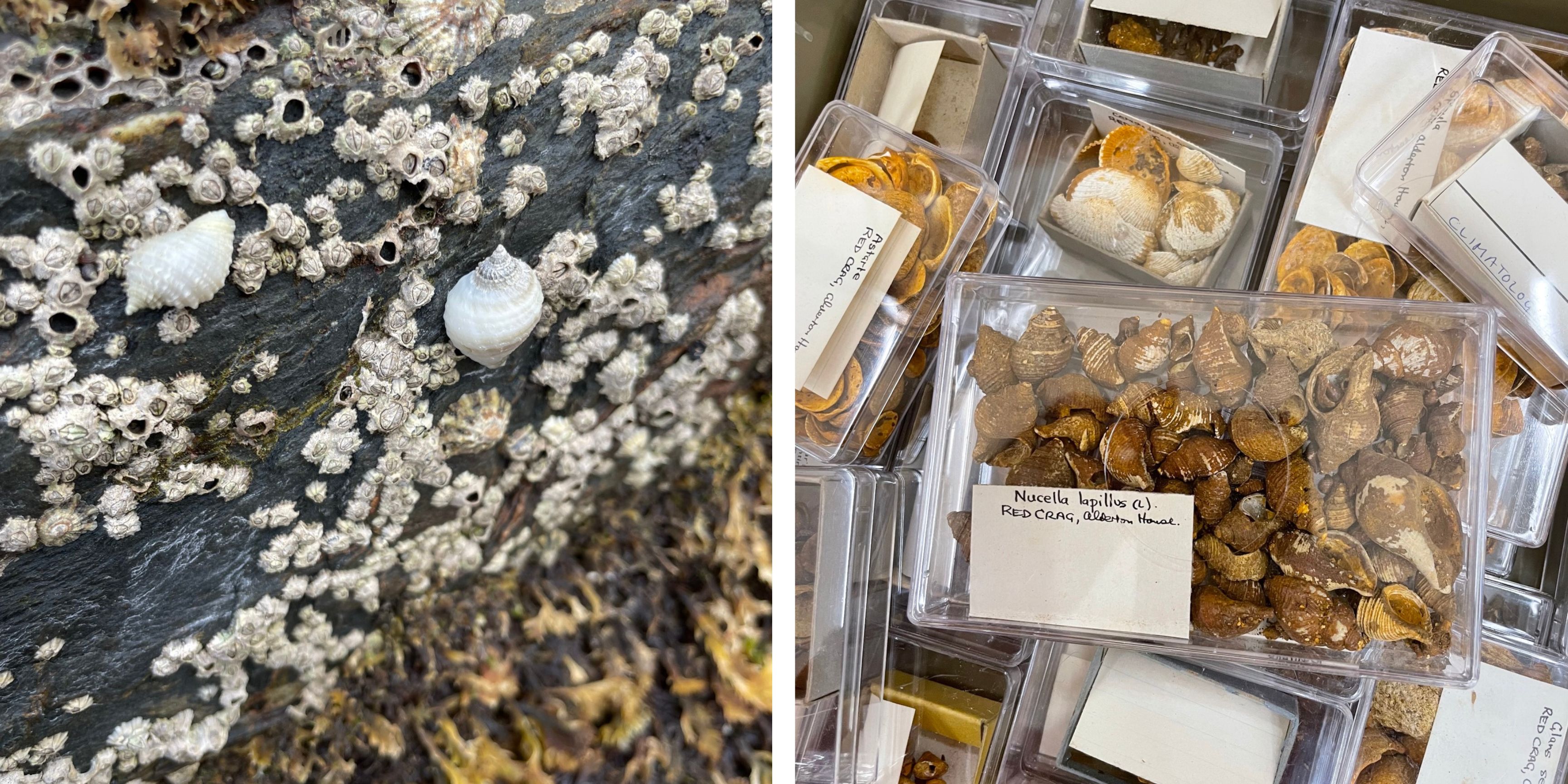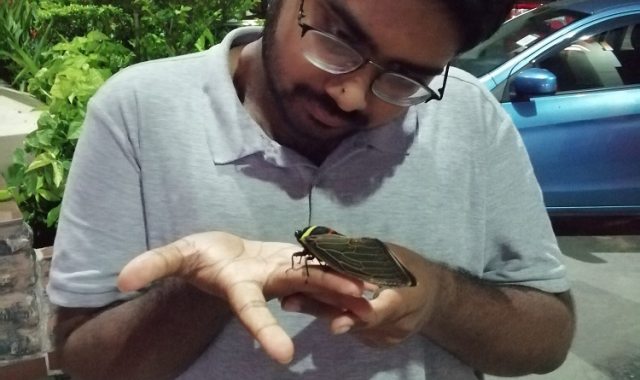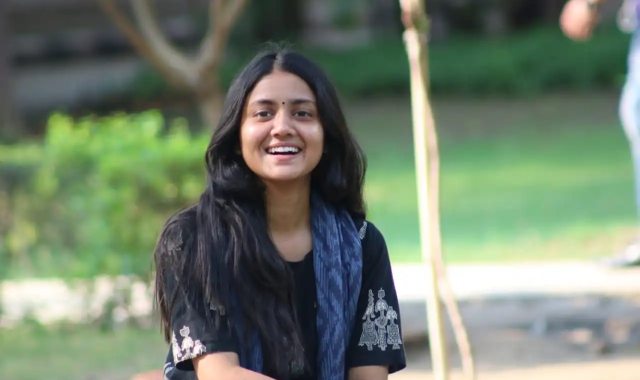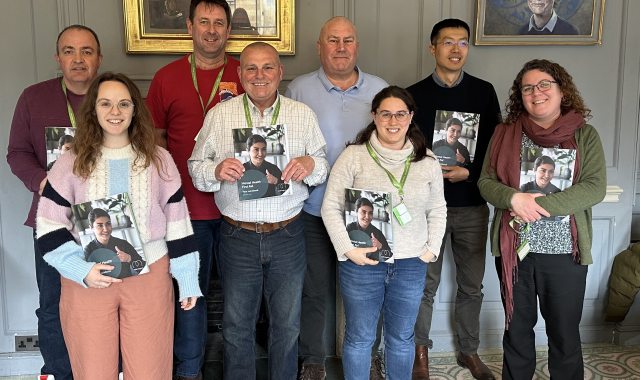Charting the dog whelk as an evolutionary indicator
- 30 October 2023
- 4 minutes
Forty years after joining Gonville & Caius College, Professor Liz Harper (Natural Sciences 1983) is taking on a further challenge this year – investigating the dog whelk from northern to southern Europe in research which could tell us about the effects of the changing climate.
Liz matriculated as a Caius undergraduate in October 1983, completed a PhD at the Open University, and returned to Cambridge as a Research Fellow of Caius in 1992. A year later, the Earth Sciences Director of Studies and College Lecturer married James Alphey (Engineering 1983). Caius has been a constant.
She uses a range of zoological and palaeontological techniques to unravel the intrinsic and extrinsic controls that have shaped evolution. Her main targets are bivalves and brachiopods as these have been important components of marine faunas throughout the Phanerozoic, the current and the latest of the four geologic eons in the Earth's geologic time scale (from 500 million years ago to the present). But mostly she has chosen to concentrate on modern species and their very recent geological history as a way of looking at environmental change.
Liz says: “I like looking at modern things and their not very old fossils. I started collecting fossils in my native Suffolk – they were not very old, only at most a few million years and really most people did not really think about them, compared with more iconic fossils like trilobites, dinosaurs etc.
“Now we are interested in climate and environmental change, looking at how these North Sea species have changed over what has been a climate rollercoaster can provide key information about how they react and cope, or don’t, with change.
“At the moment I am focusing on dog whelks, a staple of rocky shores. Key to understanding them is to know how they vary across different geographic regions (different temperature, salinity etc). So that is why I have lots of bags of dogwhelks. We can then push that back into looking at the fossilised ones in East Anglia over the last four million years (with the descent into our current ice age and recent warming).”
Sitting on her desk are just a few of the 800 bags of dog whelks collected from around the UK and from as far north as the Arctic and as far south as southern Europe. The rest of the bags are stored at the Natural History Museum.
“I thought I was interested in fossils, but I was really interested in modern species, going back four million years,” Liz says.
Liz’s plan is to look at the humble dog whelk, with variation across the species based on geography and the environment. She hopes to understand what controls how they build and keep their shells, and whether it costs more to build a shell. She anticipates the cooler the water, the thicker the shells, but the more it ‘costs’ to make a shell, the smaller the animal, with reproduction more difficult.
She adds: “Nobody used to be interested in them, but that period of time showed massive climate change. It was extremely warm four million years ago. We can look at those environmental changes.”
Liz is an Honorary Professor Evolutionary Malacology and Honorary Fellow of the British Antarctic Survey, while she has been Acting Director of the Sedgwick Museum of Earth Sciences on Downing Street in Cambridge.
Supervising undergraduates is a large part of her role, although not this year. In May she was honoured in the Cambridge Students’ Union Student-Led Teaching Awards by being named the winner of the Small-Group Teaching (Science & Technology) category. She enjoys the individuality of the supervisions.
“It’s that innocent question that stops you in your tracks ‘I’ve not thought about that’,” she says.
Liz hosted a conference at Caius earlier this month, Bivalves 2023: Where are we going?, which discussed research, living and fossil, which was commercially or ecologically important, from the effects of microplastics to what fossils could tell you about the world then.
Liz has another avenue of research to explore this year.
She says: “I also want to look at deep sea stuff; it’s all very well peering out into space, we know almost nothing about deep sea and the things living down there and what controls how they live.
“It’s very difficult making shells in the deep sea, because calcium carbonate is very soluble in the deep sea water. And yet, you go down there and there are lots of animals making shells. How are they controlling that? How are they doing that? And also, why are they doing it? It’s a daft thing to spend energy doing it if they don’t need to.”
Liz will be spending plenty of energy in her sabbatical.
Main photo: Rocky Yu




